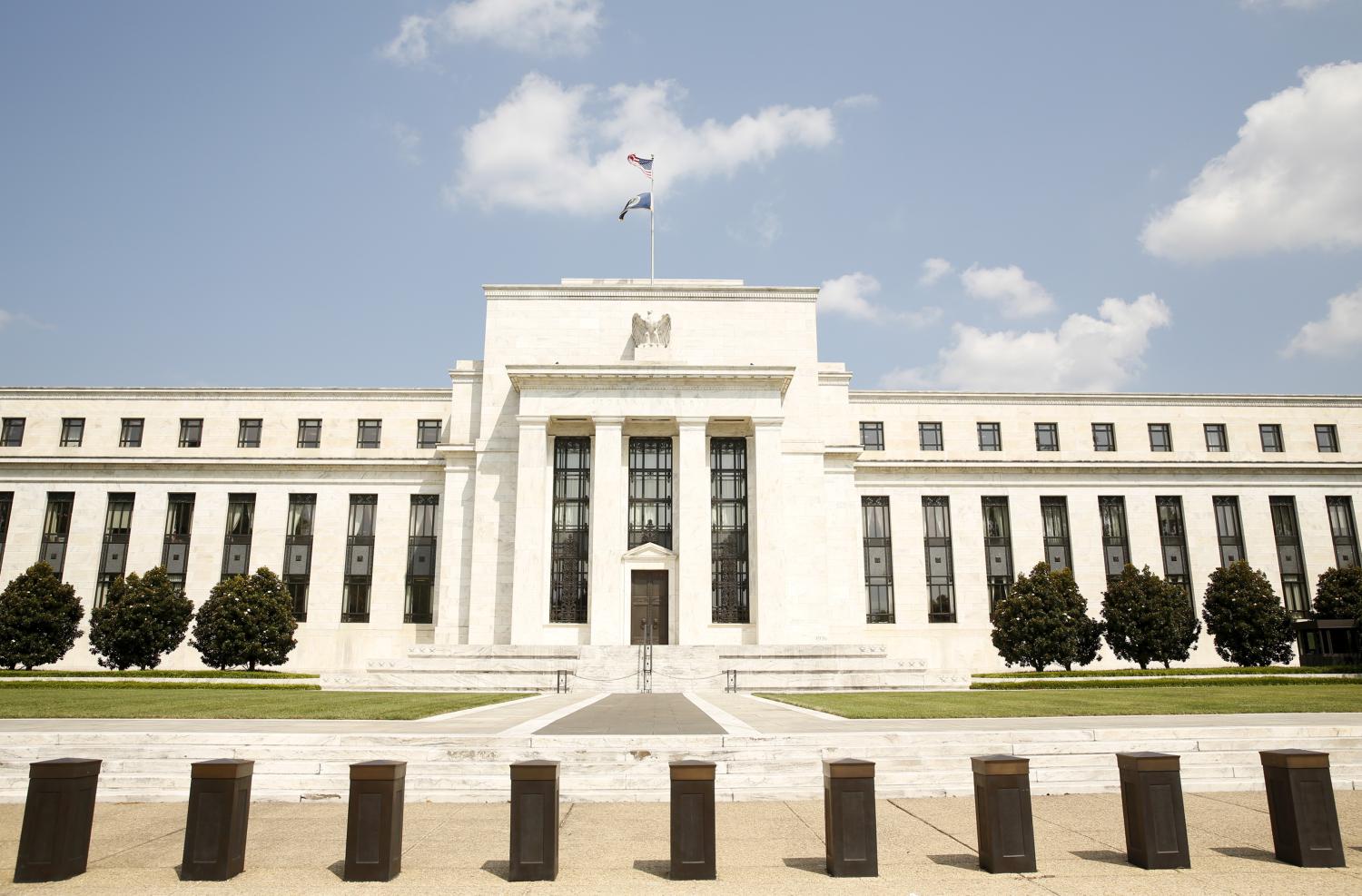For one hundred years, per capita incomes in poorer U.S. states have grown more rapidly than incomes in richer states, narrowing the gap between them. Over the past three decades, though, the rate of convergence has slowed sharply. It has become more difficult for poorer states to catch up with richer states. In a paper presented at the Municipal Finance Conference, Peter Ganong of the University of Chicago and Daniel Shoag of Harvard attribute this slowdown in convergence to increasingly tight land use regulations in wealthy areas.

Their argument: Historically, much of the convergence in income across states was driven by the migration of labor from poorer states to wealthier states. This migration held down wage growth in richer states and boosted wage growth in poorer states. This historical pattern was disrupted by increasingly strict land use regulations. Regulation boosted housing costs in richer states so that migration was no longer an attractive option for low-skill, low-wage workers. But migration remained attractive for high-skilled workers, and they continued to move to wealthy places.

Ganong and Shoag link this changing migration pattern to local housing regulation using an innovative measure of land use regulation drawn from state appeals court records. They show that in higher income places where land use regulations were not tightened, convergence continued at its historical rate.
The authors also contend that, the divergence in the migration patterns of skilled and unskilled households contributed to rising income inequality. Specifically, they calculate that the increase in hourly wage inequality from 1980 to 2010 would have been approximately 10% smaller if convergence in economic growth across states had maintained the pace observed from 1940 to 1980.
This research is among the first to highlight the important channel played by land use regulation in explaining regional migration patterns, slowing convergence, and increasing inequality.
The Brookings Institution is committed to quality, independence, and impact.
We are supported by a diverse array of funders. In line with our values and policies, each Brookings publication represents the sole views of its author(s).






